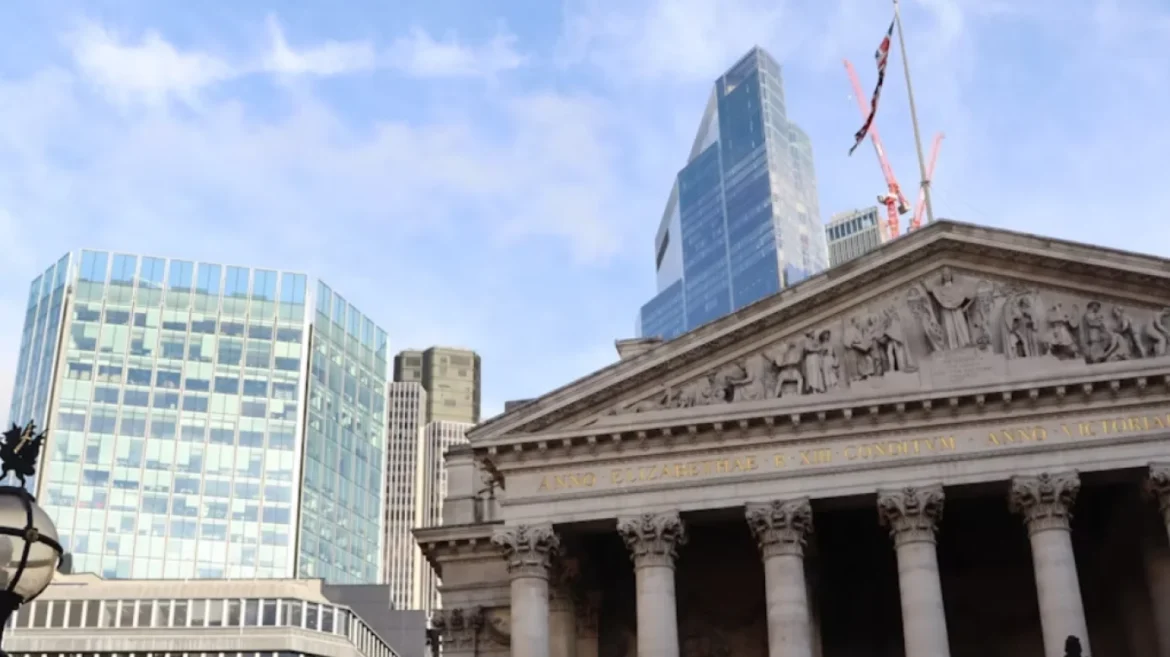The Bank of England interest rate decision this Thursday is attracting close attention across financial markets, government circles, and households alike. The Bank rate is widely expected to remain at 4%, after being lowered from 4.25% at the Monetary Policy Committee’s (MPC) last meeting in August.
That move took borrowing costs to their lowest point in more than two years, a relief for many mortgage holders and businesses but a concern for those who rely on savings returns. This month’s decision comes at a critical moment: inflation is easing, but not fast enough, and the UK economy continues to show signs of weakness.
“This is a finely balanced moment,” governor Andrew Bailey said after the August cut, acknowledging the delicate path the Bank must tread. The government would welcome further reductions in rates to boost economic activity, but inflationary risks mean policymakers may prefer to hold steady for the rest of the year.
How does inflation shape the interest rate debate?
Inflation remains the single most important factor behind the Bank of England interest rate decision. Official data released this week showed annual price growth stuck at 3.8% in August, nearly double the Bank’s 2% target. Food inflation in particular has remained stubborn, keeping household budgets under severe strain.
The theory is straightforward: higher interest rates cool demand by making borrowing more expensive, which can help reduce inflationary pressures. But the reality is far more complicated. Higher rates also slow growth, raise the cost of mortgages, and place additional stress on businesses reliant on credit.
The MPC, made up of nine members, voted to cut rates in August after what was described as an “unprecedented” second round of voting. Analysts expect a more straightforward outcome this time, with most members likely to back holding rates steady at 4%.
As one analyst put it: “The relatively high rate of inflation makes it unlikely that the Bank will risk another cut right now. But with inflation expected to fall in the coming months, the option of further easing remains on the table.” Read another article on the Bank of England rate decision
What impact does the decision have on households?
The Bank of England interest rate decision carries very real consequences for ordinary people. Mortgage holders are among the most directly affected. Lenders use the Bank rate to set their own borrowing costs, meaning that changes — or even expectations of changes — can cause mortgage deals to rise or fall.
Since August’s cut, fixed-rate mortgage costs have fallen slightly, but the relief has been limited. Many lenders remain cautious, waiting for clearer signals on the path of inflation. “The market is in a waiting game,” explained financial analyst Rachel Springall. “While rates have edged down a little, forecasts that inflation will stay above target make deeper cuts this year less likely.”
For savers, the situation is even more challenging. As the base rate has fallen, average returns on savings have slipped below 3%. That leaves many accounts offering returns below inflation, meaning savers are effectively losing money in real terms.
“The average easy-access savings rate has now dropped further below 3%,” Springall said. “Savers must act quickly and switch if their account is no longer paying a competitive return on their hard-earned cash.”
The tension between borrowers and savers is part of why interest rate policy is so contentious. What benefits one group often disadvantages another.
How does the UK compare with the global picture?
The UK is not making decisions in isolation. Across the world, central banks are facing similar challenges — inflation that is falling, but not yet defeated, and economies that risk stagnation if borrowing costs remain too high.
In the United States, the Federal Reserve cut its benchmark rate this week to a range of 4% to 4.25%. It was the Fed’s first rate cut since December, reflecting growing confidence that inflationary pressures are easing. Meanwhile, the European Central Bank opted to hold its key rate steady at 2% last Thursday.
By comparison, the UK’s inflation problem appears stickier. Prices are falling more slowly than in Germany, France, or the US. That leaves the Bank of England interest rate decision more constrained. The MPC cannot cut rates too aggressively without risking a resurgence in price growth, but holding steady risks leaving the UK economy lagging behind its global peers.
“This is the policy dilemma,” said one economist. “If you move too soon, you risk undoing the progress made on inflation. If you move too late, you risk being left behind in terms of growth.”
What are the stakes for growth and living standards?
The stakes extend beyond inflation and borrowing costs. For the government, the Bank of England interest rate decision is closely tied to broader economic performance. Lower rates would make it cheaper for businesses to invest and for households to spend, potentially giving the economy a much-needed boost.
A think tank focused on low- and middle-income households recently argued that the UK has suffered “a lost 20 years of growth,” warning that living standards remain stagnant. Ministers are keen to reverse that trend, but they also understand the risks of acting prematurely.
“The government wants growth, the Bank wants stability, and the public wants relief,” one analyst summed up. “The trouble is, all three are pulling in slightly different directions.”
For households still battling high food costs, expensive mortgages, and falling savings returns, the debate may feel frustratingly abstract. Yet the decision on Thursday will directly affect the cost of borrowing, the return on savings, and the wider prospects for economic growth in the months ahead.
What happens next?
Looking ahead, analysts expect inflation to begin falling more rapidly in the next few months, thanks to easing energy prices and slowing wage growth. If that materializes, it could pave the way for additional rate cuts in early 2026.
But for now, most experts expect the MPC to keep its foot firmly on the brake. “The Bank must tread carefully,” one economist warned. “Cut too soon, and inflation could flare up again. Cut too late, and the economy could stagnate further. For the time being, a steady hand is the safest option.”
Thursday’s Bank of England interest rate decision is unlikely to bring dramatic changes, but it will send an important signal about the direction of policy in the months to come. For households, savers, businesses, and the government, that signal may be just as significant as the rate itself.


